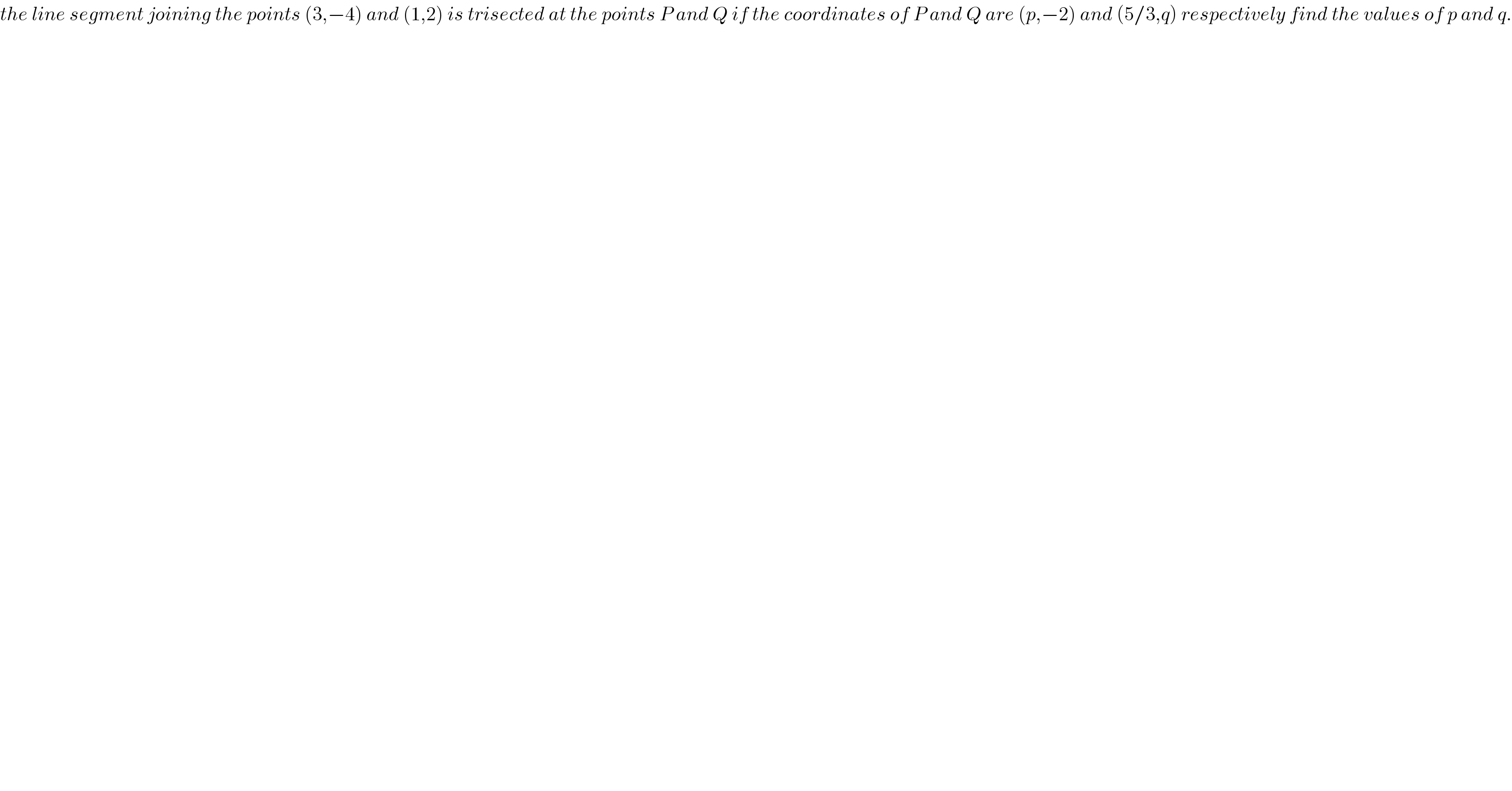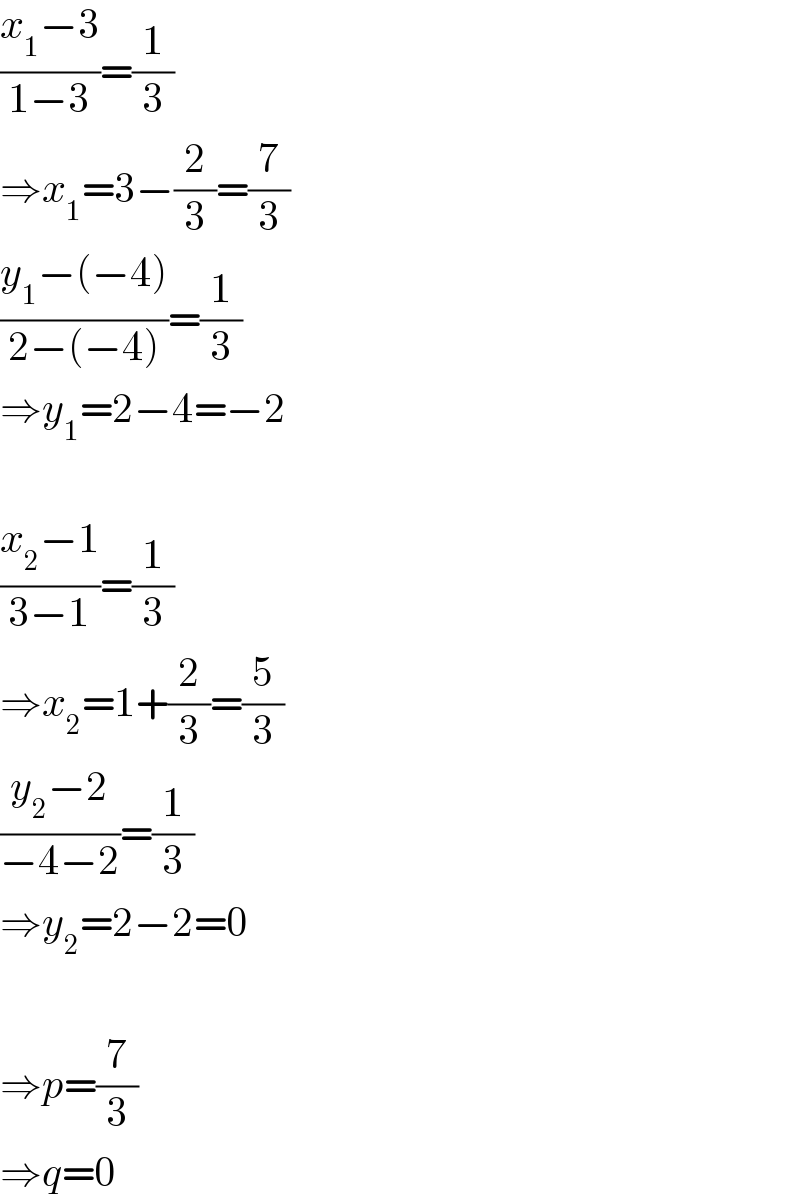
Question and Answers Forum
Question Number 24179 by gopikrishnan005@gmail.com last updated on 14/Nov/17

Answered by mrW1 last updated on 14/Nov/17

| ||
Question and Answers Forum | ||
Question Number 24179 by gopikrishnan005@gmail.com last updated on 14/Nov/17 | ||
 | ||
Answered by mrW1 last updated on 14/Nov/17 | ||
 | ||
| ||